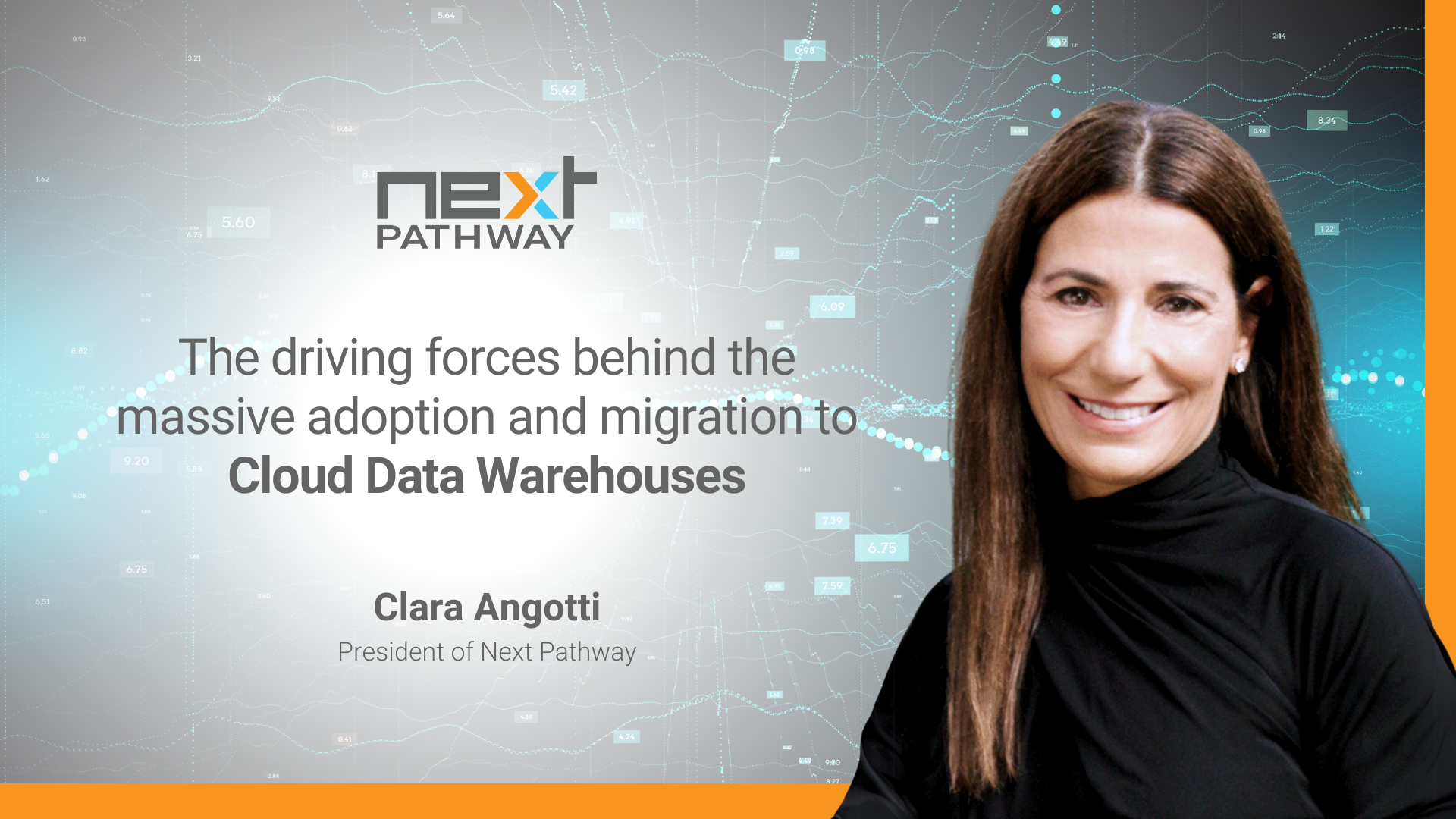
Cloud data warehouses offer unparalleled scalability and flexibility compared to their on-premises counterparts. They allow businesses to dynamically scale resources to meet fluctuating data demands, enabling companies to handle increased data volumes and computational workloads without significant upfront investments in hardware.
Migrating to a cloud data warehouse can also result in substantial cost savings. Traditional data warehouses come with hefty expenses for hardware purchase, maintenance, and upgrades. In contrast, cloud alternatives typically operate on a pay-as-you-go model, leading to potential cost reductions during periods of low demand.
Enhanced data integration is another advantage of cloud data warehouses. Legacy systems often struggle with data integration due to their limited capabilities. However, cloud data warehouses excel in this area, offering robust integration features that support various data types and sources, including batch, real-time, and streaming data. This integration facilitates the consolidation of data into a centralized repository, improving accessibility and usability.
Cloud data warehouses also significantly improve data management. They provide real-time querying and analysis capabilities and support strong data governance practices, ensuring data quality, security, and compliance. A centralized data repository also serves as a single source of truth, enhancing the accuracy and consistency of data.
Lastly, cloud data warehouses enable businesses to leverage advanced analytics and machine learning capabilities, allowing them to extract valuable insights from vast amounts of data. Cloud platforms offer scalable and cost-effective solutions for processing and analyzing data, enabling businesses to uncover patterns, trends, and actionable information. This shift to the cloud also facilitates real-time analytics, empowering organizations to make data-driven decisions faster. In essence, the cloud provides the computational power and tools necessary for companies to derive meaningful insights, enhancing their competitiveness and strategic decision-making processes.
Although there are numerous benefits to cloud data warehouses, migrating to the cloud can be costly and time consuming. With automation, and experienced professional support, the risk profile of traditional cloud migrations can be significantly reduced. Next Pathway has spent years honing and enhancing our cloud migration products to broaden their legacy workload coverage and accuracy. Next Pathway's CRAWLER360 and SHIFT Cloud are designed to accelerate virtually any legacy source to a variety of cloud targets.
CRAWLER360 is an automated tool that scans and catalogs legacy data sources, providing a comprehensive view of the legacy systems essential for planning the migration. It identifies job categorizations and dependencies, helping businesses understand the complexity and interconnections within the existing data infrastructure.
SHIFT Cloud complements CRAWLER360 by providing the next step in the migration process: code translation. SHIFT Cloud automatically translates legacy workloads, including SQL code and ETL pipelines, to cloud targets, reducing the manual effort involved in code translation and accelerating the overall migration process.
About Next Pathway
Next Pathway is the Automated Cloud Migration company. Powered by the SHIFT Cloud, Next Pathway automates the end-to-end challenges companies experience when migrating applications to the cloud. For more information, please visit nextpathway.com.